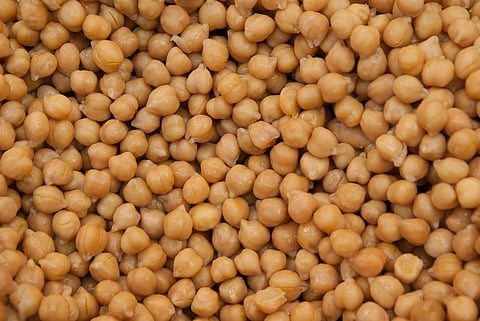

NEW DELHI: Mustard grower Mukesh Kumar Yadav in Rajasthan's Alwar district is worried about his crop’s yield. The soaring temperature of February is making him anxious. His only source of income is the mustard crop, which is now severely damaged.
“The soaring temperatures over the last fortnight have severely impacted our economy,” said Yadav. He sowed the mustard crop twice this rabi season. First, his seedlings were destroyed in October due to unseasonal rain. Then in early December, he sowed it again, hoping to get back a better price after the harvest.
He explained that mustard flowers were in the process of getting into shape. It requires another 15 days of normal temperatures to get ready. However, the sudden rise in temperature dried his mustard fruits and put paid to his plan to organise a social function in the coming months. Moreover, the temperature rise also triggered a pest attack on the crop. The mustard seeds’ size gets reduced so does the oil content. “My field’s productivity will be reduced by 25 per cent,” Yadav said.
Alwar and Bharatpur districts are the country’s largest producers of the mustard crop. Mustard constitutes India’s one-fourth of total edible oil production and consumption. Rajasthan tops in terms of total area (41 per cent) and total output (45 per cent) of mustard.
“Our assessment says the production of mustard gets reduced by 10-12 per cent this season,” said Krishna Kumar Agarwal, general secretary Mustard Oil Producers Assn, a Jaipur-based traders’ body. This year acreage of the mustard crop has increased from 91.25 lakh hectares to 98.02 lakh hectares. “The benefit of increasing the acreage is snuffed out by soaring heat. The production is expected around 105 LT,” said Manoj Shukla, Agri-commodities market analyst.
Meanwhile, the production of pulses is also severely impacted due to weather-related anomalies. Major producers of chickpeas (gram) – states such as Gujarat, Rajasthan and MP – have been forecast to have lesser production. “Our chickpeas production was first affected by a long spell of cold wave. And now an unusually high temperature in February has ruined our efforts,” said Ram Inania, a farmer based in the Harda district in MP.